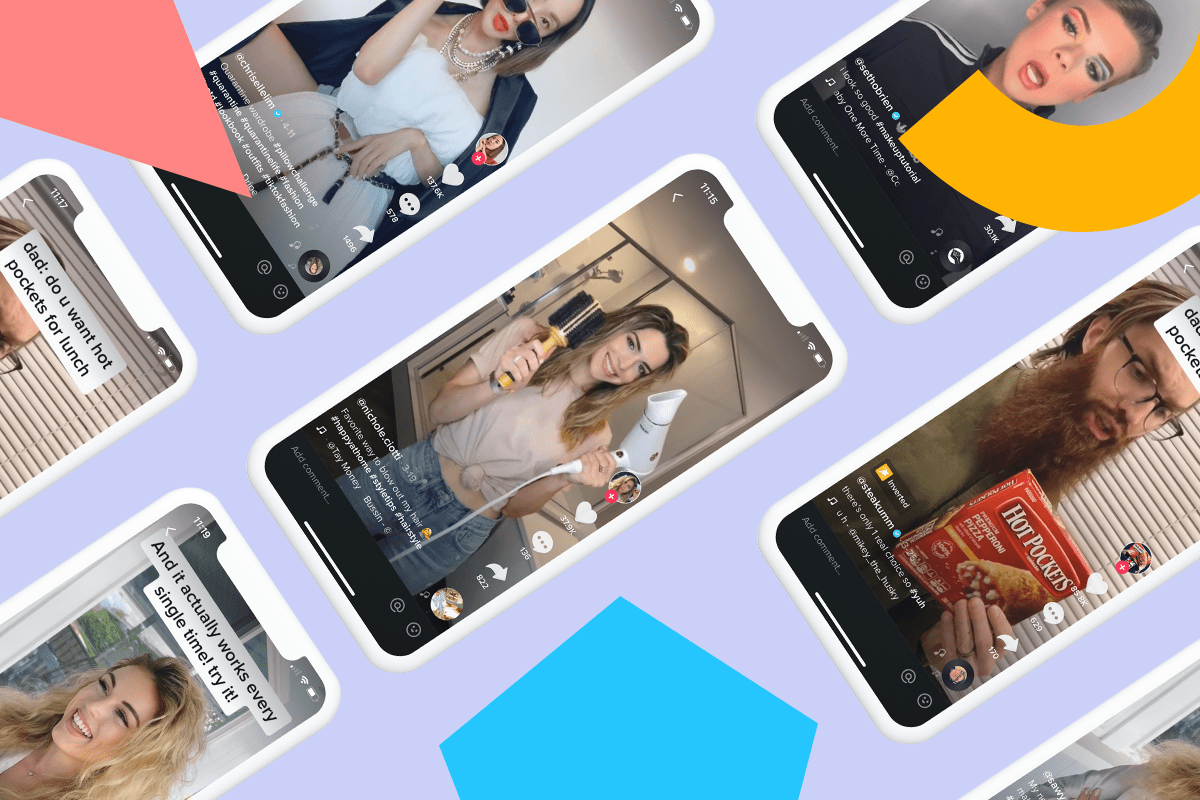Content marketing is a majorly effective way of raising brand awareness, affinity, and sales.
In fact, it's so effective that you've likely engaged with a piece of content marketing without even realizing it.
But what’s the secret to exceptional content marketing, and why should you opt for content marketing over more traditional formats?
We’re answering all of these questions, and more, below.
What is Content Marketing?
Content marketing is a top-of-funnel tactic that’s typically used to reach new audiences, raise awareness, and generate leads.
It's an especially effective tactic because it taps into what an audience is already searching for and consuming.
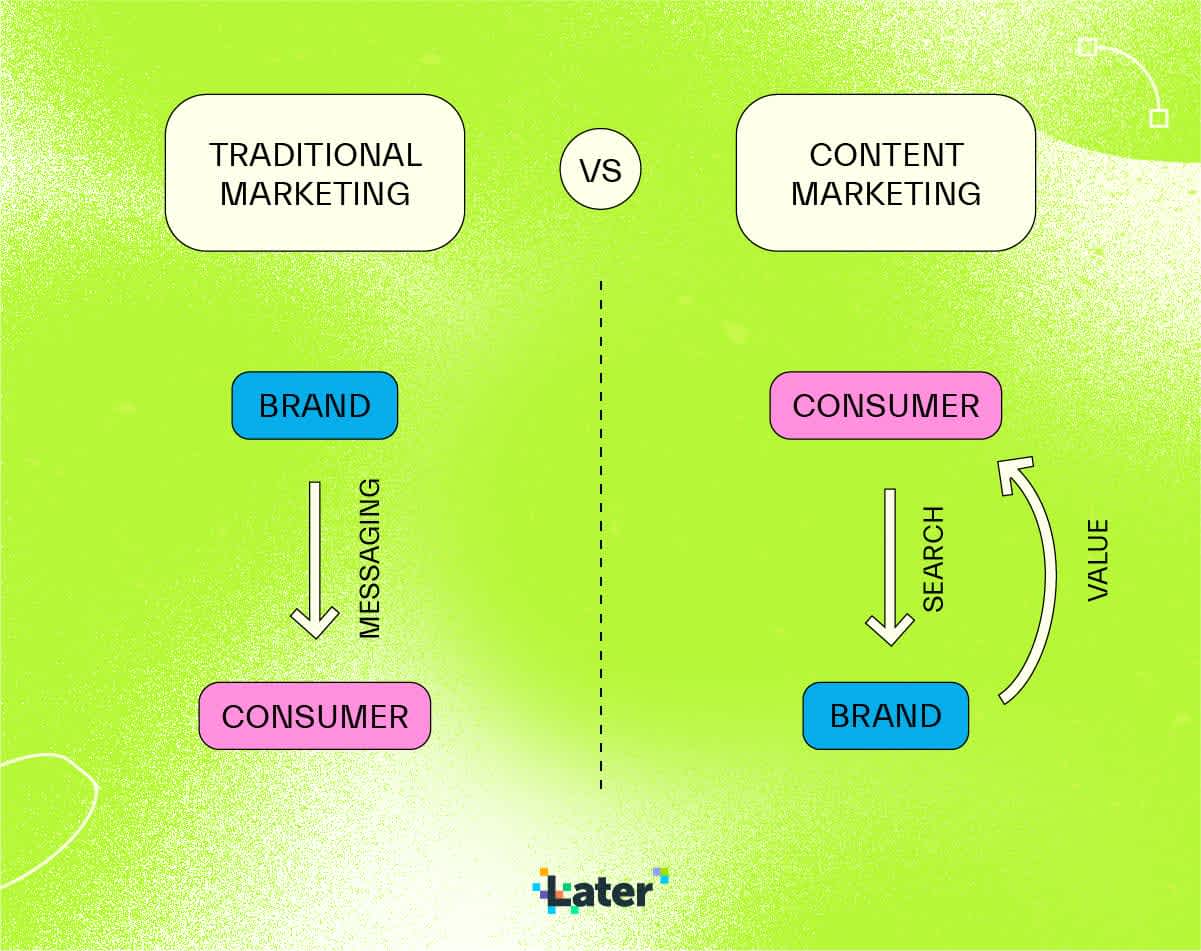
It provides value and meets a genuine demand – making it a win-win for both brands and customers.
That said, nailing a content marketing strategy isn't easy.
For a truly successful approach, you'll need to consider where your target audience is most active, what is useful, relevant, or entertaining to them, and how that segues into your brand’s offering.
Squarespace’s Senior Content Strategist, Brandon Smithwrick, shared how to create an effective content strategy at this year’s LaterCon. Rewatch his session here:
5 Content Marketing Tips to Reach New Audiences and Drive Conversions
With the right content marketing strategy, you can see huge results.
At Later, for example, we use content marketing to reach potential customers who might be interested in our social media planning and scheduling tools – providing relevant articles, video courses, and downloads. We even hosted an entirely free social media conference with sessions from over 25 expert speakers.
Yes, creating this content takes time and effort – but it allows us to organically reach thousands (if not hundreds of thousands) of people, while providing something that they actually want.
Here are our top five content marketing tips:
Put Your Audience First
Optimize for Discoverability
Find the Problem to Your Solution
Fish Where the Fish Are
Drive Your Content Marketing Strategy With Analytics
Tip #1: Put Your Audience First
The first, and arguably most important rule of content marketing is to put your audience first.
Many brands fail at content marketing by focusing on what they want to sell, rather than what their target audience wants to consume.
As a rule of thumb, your content marketing initiatives should provide some form of value to your audience. This could be the answer to a common problem, thought-leadership, hacks or DIY tips, insights and analysis, or some form of entertainment.
For the best results, consider what content you can provide that also aligns with your industry or niche. At Later, for example, we specialize in providing free resources to help people grow on social media – the perfect fit for a social media planning and scheduling platform.
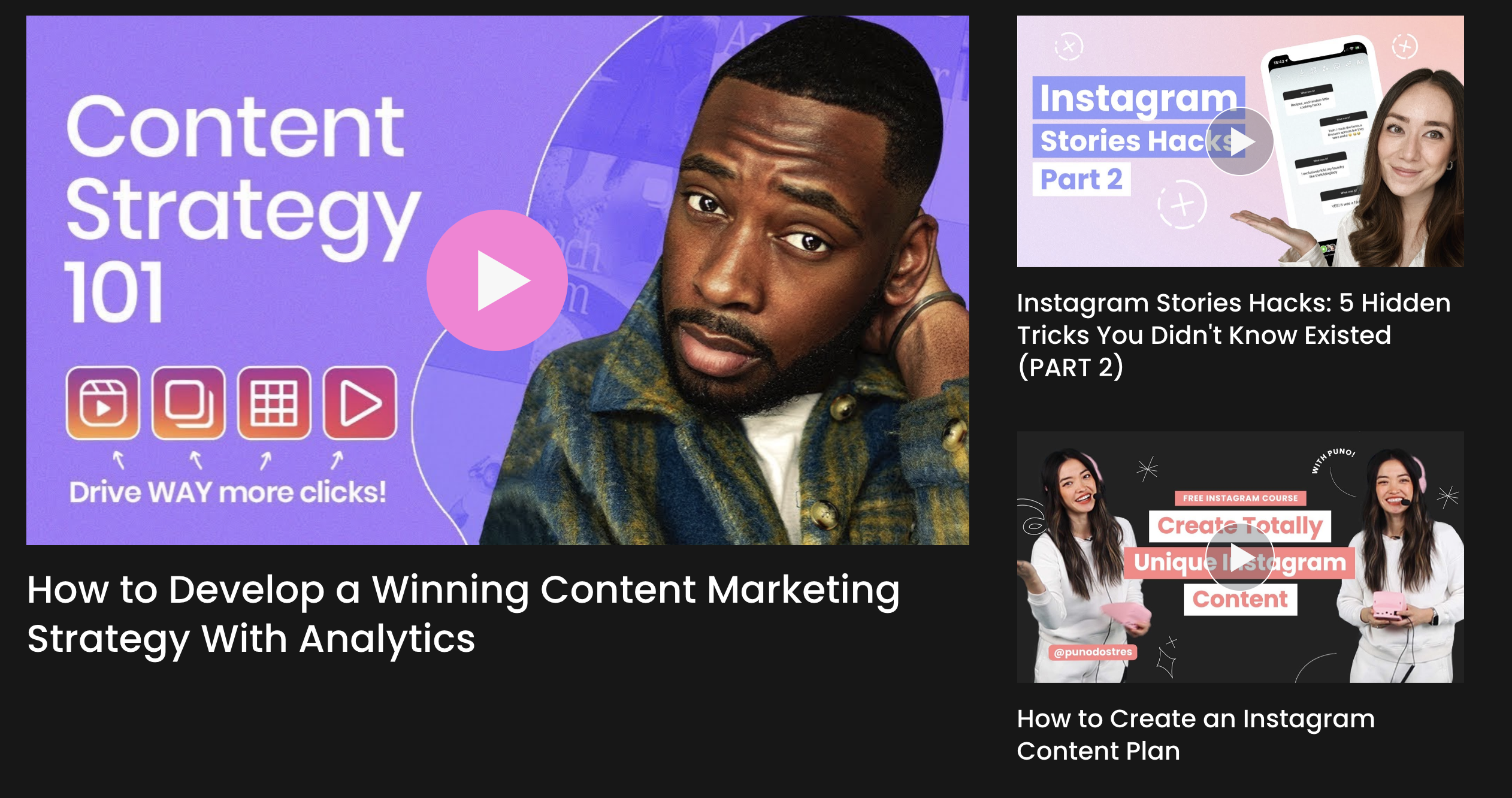
By focusing on your niche you’ll be able to find contextually relevant opportunities to showcase your product or brand.
For example, a hair care brand might share a series of step-by-step tutorials that feature their styling products, a travel agent might share a roundup of top vacation destinations and include the best packages, and a social media scheduling platform might write an article about content marketing and mention that you can plan, preview, and automatically publish posts for free using their tools. Maybe.
Tip #2: Optimize for Discoverability (SEO)
To use a fishing analogy, content marketing is like throwing bait into the ocean and seeing what bites, rather than waiting for a fish to swim to you.
With this in mind, the success of your content marketing efforts hinge on how well you can optimize your content for discoverability.
You can have the best bait on the market, but if the fish can’t find it, you’re going to be hungry at supper time.
If you’re sharing content on a website (for Google search), YouTube, or Pinterest, content discoverability is slightly more straightforward – these platforms are search-led, so consistently using high-traffic search keywords in your headers, descriptions, body copy, and media uploads is a proven strategy.

On Instagram and TikTok however, more complex algorithms are at play. That said, the fundamentals remain – and consistently sharing content that relates to a single theme, paired with keywords and hashtags, will always drive results.
Want more platform-specific SEO strategy tips? Check out these posts:
Tip #3: Find the Problem to Your Solution
The best content marketers know that problems = opportunities.
As a marketer, the more you can position your product or service as a solution to a legitimate problem, the more your audience will search for your content and take note when they find it.
Once you’ve identified the problem you’re solving, investigate what keywords people are searching to meet that need.
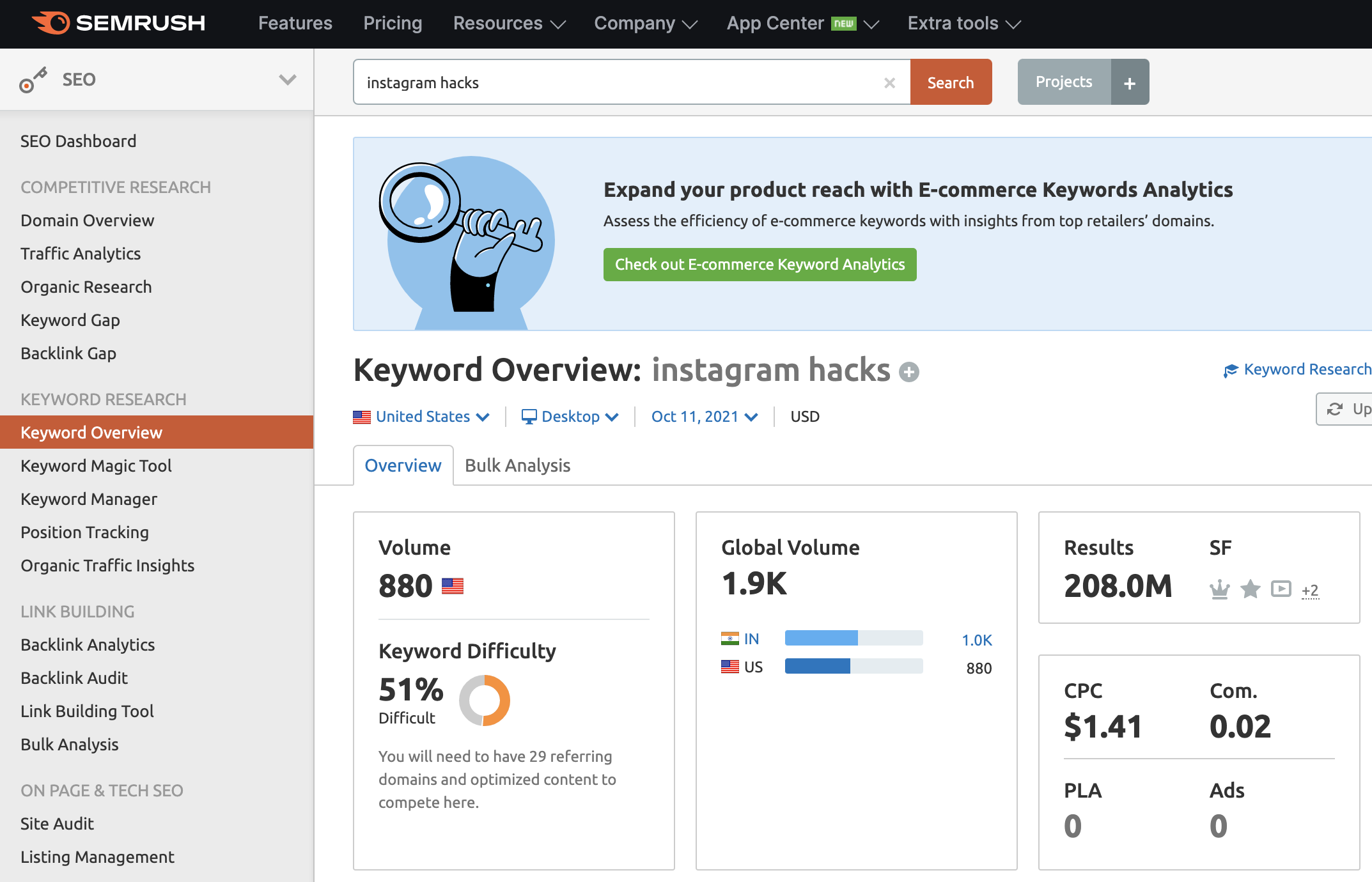
At Later, for example, we know that our audience of social media managers are often extremely busy, and our scheduling tools are a solution they can use to streamline their workflow. With this in mind, we regularly provide resources with actionable tips on how to save time and be more efficient on social media.
The best part? This principle can be applied to almost any product or service, in video or written format.
Tip #4: Fish Where the Fish Are
I know what you’re thinking: Another fish analogy, reel-y? Stick with us.
This content marketing tip is all about focusing your efforts and making sure you’re targeting the right audience on the right platforms.
There are so many places to share content online, including (but not limited to) Twitter, Instagram, Twitch, YouTube, TikTok, Facebook, Email, Snapchat, Pinterest, and LinkedIn.
Each platform has its own strengths and weaknesses, and to make matters even more complex, audience demographics can vary significantly.
Knowing the right platform for you will ultimately depend on your marketing goals and target audience, paired with some trial and error. Which brings us nicely to our final content marketing tip...
Tip #5: Drive Your Content Marketing Strategy With Analytics
Content marketing will always require some intuition if you want to stay fresh, but using analytics to track and measure your results is an equally important part of the puzzle.
Analytics will give you a true picture of how your content marketing efforts are working for your brand, so you can continually iterate and improve.
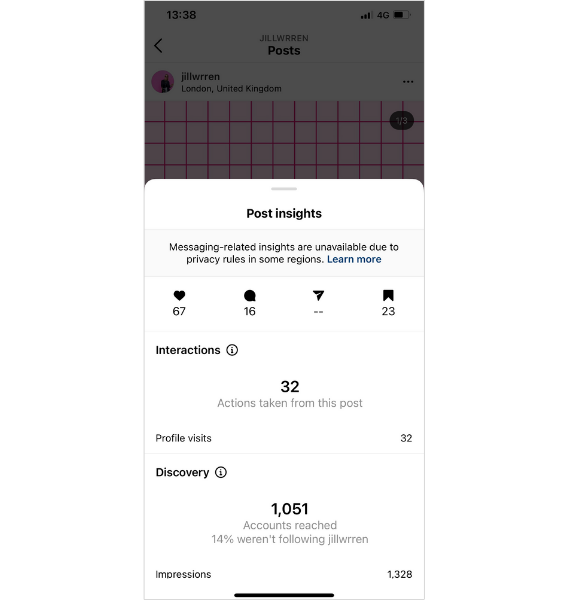
Not every content marketing initiative will be a big hit, but that’s okay. It indicates that you’re trying new concepts, or testing new waters, rather than playing it safe.
How to Measure Your Content Marketing Strategy
If you’re relying on Google search as the primary source of traffic, you’ll probably want to pay close attention to Google Analytics.
TIP: If you’re new to Google Analytics, check out their free Google Analytics Academy courses.
For social media, you can check each platform’s built-in analytics. However, if you’re running your campaign across multiple platforms, it can be time-consuming to manually check each one.
To make it easier, you can track your Instagram, Twitter, and Pinterest performance all in one place with Later Analytics – as well as any traffic and sales from your Linkin.bio page.
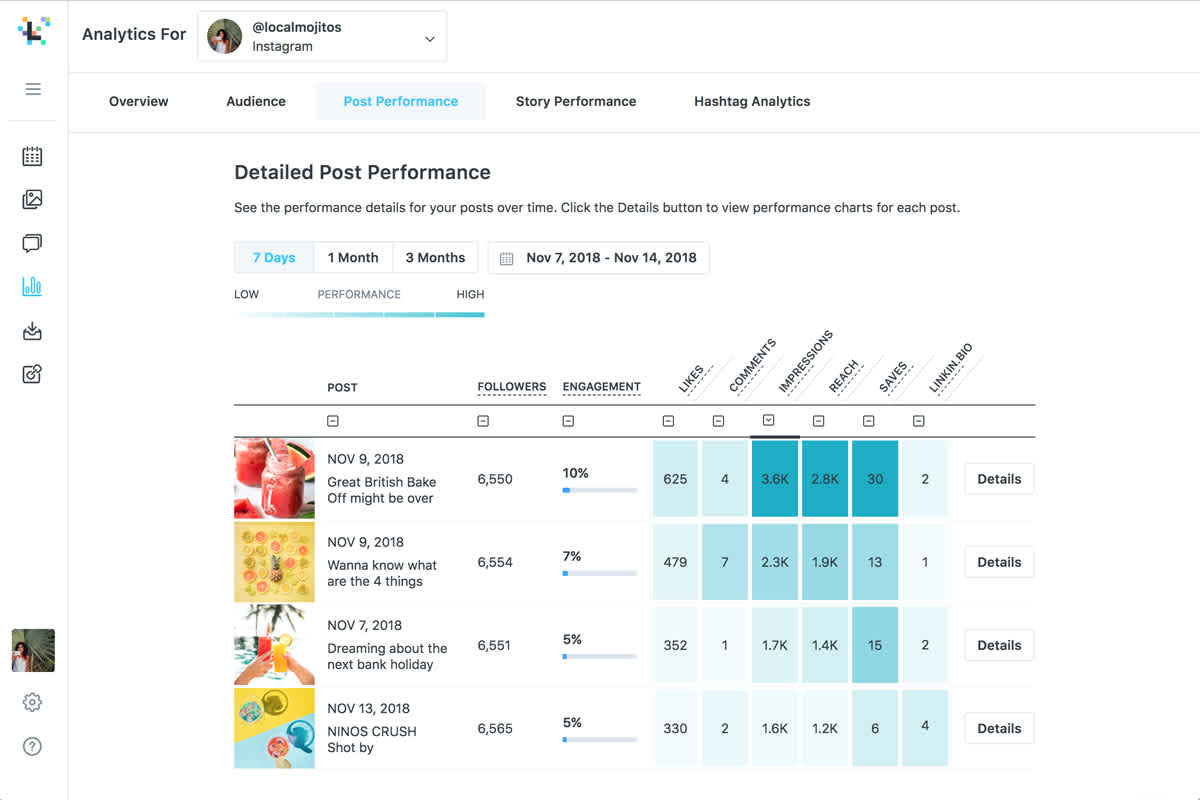
Content marketing is one of the best organic tactics for increasing brand awareness.
With a successful strategy, you can reach huge new audiences and promote your products or services – without having to spend a dime on advertising.
Start tracking your social media performance more efficiently with Later’s Instagram Analytics dashboard. Sign up today — now available for both Instagram business and creator accounts!



